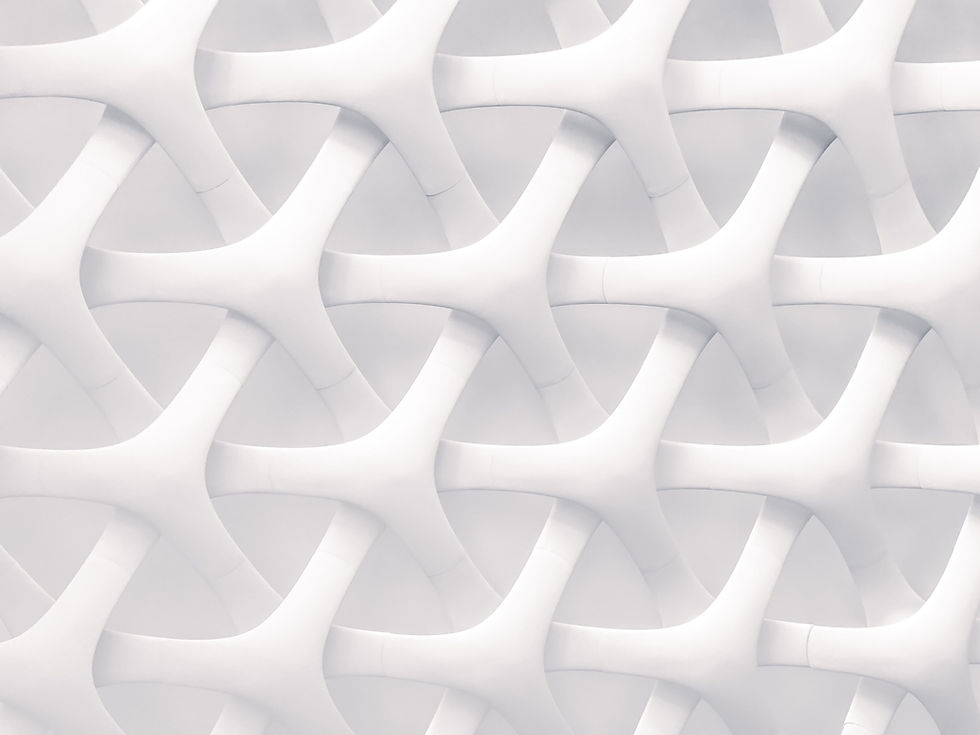FAQs

Q.What is photocatalytic ARC-FLASH?
A.Photocatalysts facilitate chemical reactions by absorbing light, in contrast to other catalysts, which use heat. In the natural world, photosynthesis is a well-known example of photocatalysis. The main photocatalytic substances are semiconductors and organometallic complexes (pigments), both of which act as photocatalysts when their internal electrons are excited by light. Among these substances, titanium dioxide is especially well known as a photocatalyst. ARC-FLASH is a product that is able to bind to surfaces.
It was developed to afford various applications of photocatalytic titanium dioxide in daily life.
Q.What effects does photocatalytic ARC-FLASH have?
A.Superoxides and hydroxyl radicals, which are forms of active oxygen, are generated on a surface treated with ARC-FLASH when UV rays are absorbed and electrons are excited, and organic matter (germs and substances responsible for foul odors) that comes into contact with the surface is oxidized, broken down and removed.
By this, sterilization, deodorization, antifouling and removal of pollutants can be achieved. Moreover, as UV rays are part of sunlight and fluorescent light, no special operating costs are required and the reaction can be maintained semi-permanently.
Q.Why is photocatalytic ARC-FLASH semi-permanent?
A.ARC-FLASH is quick drying. Although it is originally water-soluble, it dries quickly after application and becomes water-insoluble. It also becomes as hard as a 4H pencil in ten to fourteen days after application. It does not come off unless the surface is polished. Even a bathroom can be used immediately after application. Because titanium oxide is merely the catalyst and is not changed, its effect is semi-permanent except when walls and ceilings are repainted.
Q.Is photocatalytic ARC-FLASH safe for humans?
A.ARC-FLASH is composed of titanium dioxide and a water-based binder. Titanium dioxide is water-insoluble and designated as a food additive under an ordinance of the Ministry of Health, Labor and Welfare (as of November 28, 1989, issued to prefectural governments, mayors of ordinance-designated cities and heads of special wards as a notice from the Director of Environmental Health Bureau, Ministry of Health and Welfare).There is no problem with the water-based binder, as it becomes water-insoluble after drying. Dissolution test data were examined in accordance with the Ministry of Health and Welfare's standards for equipment, containers and packaging. Please refer to the test results, which are presented in the third-party test data section.Concerning questions about the effects of active oxygen on humans, the active oxygen generated on a photocatalytic surface does not separate from the surface or disperse into the air. There is no risk of inhalation. Indeed, organic matter must come into contact with the photocatalytic surface. Air circulation contributes greatly to its effect. Decomposed substances do not turn into more toxic substances. The phenomenon of choking on the side of material to be coated does not occur for ARC-FLASH.






